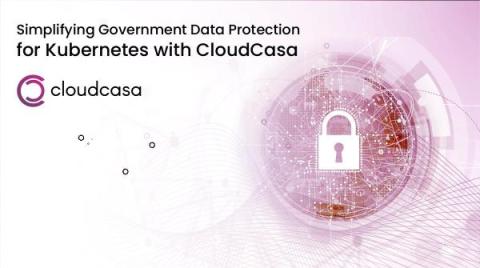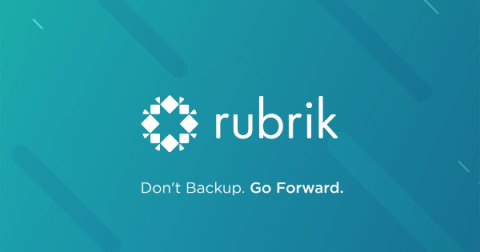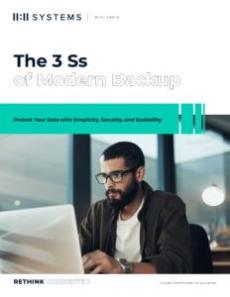Simplifying Government Data Protection for Kubernetes with CloudCasa
In the realm of government institutions in Brazil, regional electoral courts hold a pivotal role in ensuring the integrity of the electoral process. These institutions are mandated to safeguard their essential electoral data through off-site backup solutions. While Kubernetes’ efficiency and flexibility hold great promise for modernizing operations, government data protection challenges have deterred many regional electoral courts from embracing this technology.











